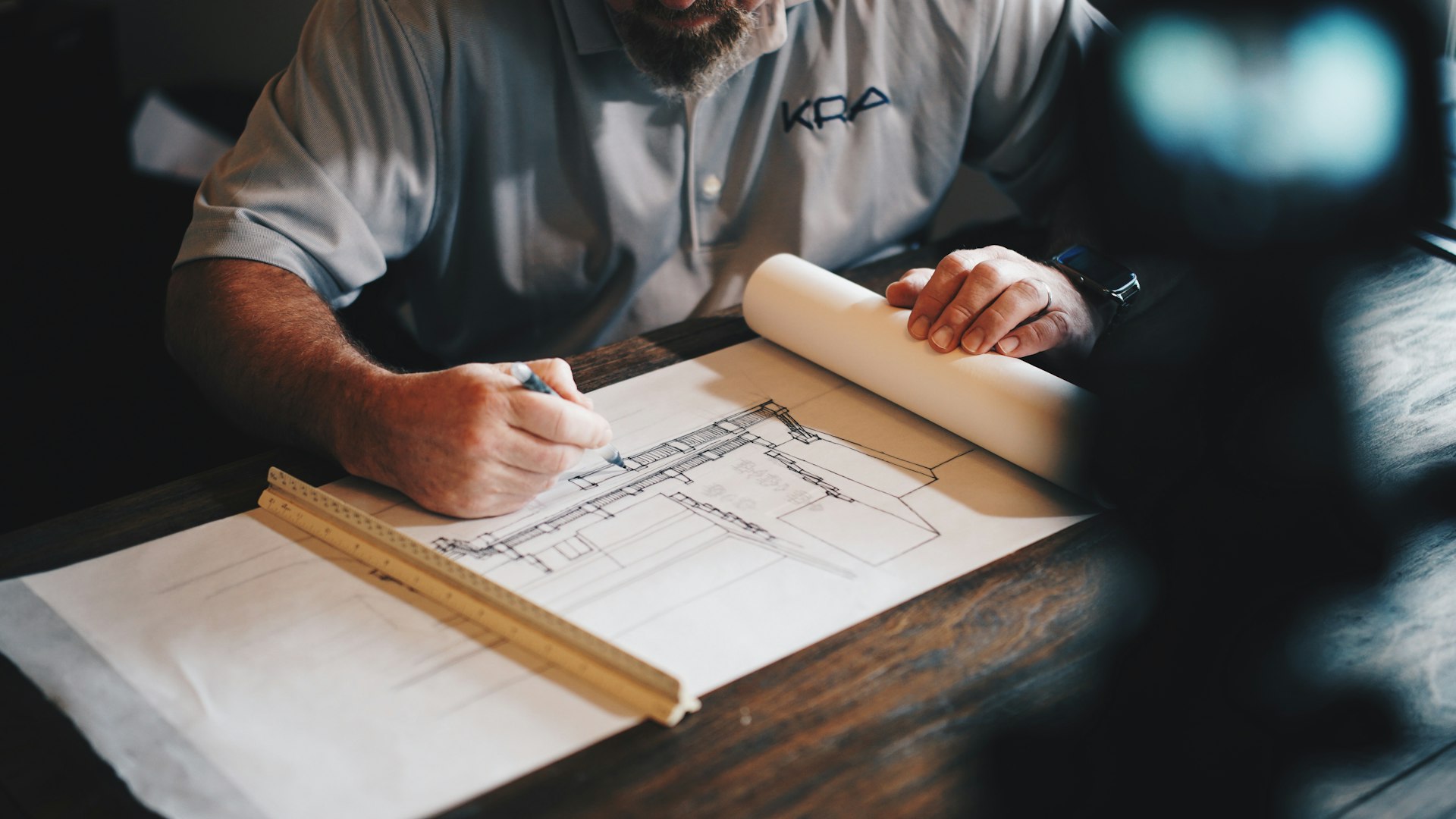Welcome to another 3D Thursday at Sketch Book Artists, where we explore the deeper dimensions of creativity—not just how we draw, but how we think. Today’s topic is for everyone, not just artists. It’s for engineers, teachers, students, parents, professionals, dreamers. Whether or not you draw regularly, learning to sketch ideas using the tools of perspective—and training your mind to think in more than three dimensions—can transform how you express yourself and how others understand you.
Perspective Is More Than Drawing—It’s a Way of Seeing
Perspective drawing is often seen as a purely artistic skill—a technique to make objects look realistic on a flat page. But its true power lies beyond realism. Perspective is about organizing space and thought. It’s a way to communicate complex ideas clearly and visually.
Think of how often you try to explain an idea to someone—a plan, a vision, a concept, a strategy. You may describe it with words, gestures, or diagrams. But have you ever felt like your idea didn’t quite land? That the other person didn’t “see what you meant”?
This is where sketching in perspective becomes a secret weapon.
A quick sketch in two-point or three-point perspective can immediately show depth, context, and relationships. Suddenly, your abstract thought becomes concrete. People can grasp what you’re saying not just intellectually, but spatially. That’s a game-changer for team projects, presentations, problem-solving sessions, even personal journaling.
Drawing as a Thinking Tool, Not Just an Artistic One
Sketching is not about producing beautiful art—it’s about thinking with your hands. When you try to sketch an idea, you are forced to simplify, organize, and prioritize what matters. You become more precise in your communication and more intentional in your vision.

Here’s what happens when you sketch in perspective:
- You visualize structure. Instead of floating ideas, you create frameworks.
- You define relationships. How does this part connect to that one? How big is this compared to that?
- You embody point of view. Literally—where are you standing in this idea? What’s the user’s experience? What’s hidden or revealed?
These are not just drawing lessons. These are life lessons in clarity, empathy, and precision.
Three Dimensions Are Not Enough: Thinking in 4D and Beyond
We live in a three-dimensional world, but most of our communication is stuck in two: speech and text. Visual thinking begins to bridge that gap—but what if we went further?
What does thinking in four or more dimensions mean?
- Fourth dimension: time. What does your idea look like over time? How does it change, evolve, or animate?
- Fifth dimension: possibility. What could this idea become? What if you shifted a variable?
- Sixth dimension: meaning. How does this idea connect emotionally, symbolically, or philosophically?
When you sketch, you can start to explore these abstract dimensions in grounded ways. You’re not just illustrating what is—you’re mapping what could be.
This kind of dimensional thinking is what designers use to prototype, what inventors use to innovate, and what storytellers use to world-build.
Try This: A Simple Multi-Dimensional Exercise
Take an everyday object—a chair, a phone, a shoe—and draw it in perspective. Then ask yourself:
- What does it look like from above, below, or behind?
- What does it look like as it ages or wears down?
- What would it look like if it had a personality or mood?
- What if it was made for a cat instead of a human?
- What if it existed in zero gravity?
Suddenly, you’re not just drawing—you’re designing, imagining, prototyping. You’ve stepped into the multi-dimensional mindset.
The Real-World Power of Visual Fluency
In our increasingly visual culture, the ability to sketch ideas is more valuable than ever. Consider these fields:
- Education: Teachers who sketch concepts activate more senses in the classroom. Visual learners benefit enormously from diagrams and perspective-based explanations.
- Business: Entrepreneurs who can sketch their product idea or business model in a visual way pitch more effectively.
- Science & Tech: Engineers, architects, UX designers—all use perspective and multi-dimensional sketches to model, simulate, and share ideas.
- Mental Health: Therapists and clients who use visual journaling or diagramming often uncover insights not easily accessed by words.
Even in personal life, sketching helps clarify goals, map out decisions, or reframe conflicts. A hand-drawn mind map, a doodled floor plan, or a quick timeline sketch can help you literally “see your way through” complexity.
Why Most People Avoid Sketching—and Why You Shouldn’t
Many people shy away from drawing because they think they’re “not artistic.” But here’s a secret: drawing is not about art—it’s about language. And just like writing, it improves with practice.

You don’t need talent. You need tools, time, and trust in your ability to grow.
Learning perspective isn’t about mastering photorealism—it’s about developing spatial intuition. It’s learning how to place forms in space and guide the viewer’s eye. Once you grasp vanishing points, horizon lines, and foreshortening, your ability to communicate jumps to another level.
Here’s the good news: perspective is teachable. It’s a skill, not a gift.
Start Today: Simple Steps to Build Your Visual Mind
-
Sketch One Object a Day in Perspective
Start with a cube, then try furniture, rooms, or vehicles. Focus on lines and volume—not detail. -
Keep a Visual Idea Journal
Instead of writing “buy a new desk,” sketch your dream workspace. Instead of journaling how your day went, draw it as a comic strip. -
Use Visual Notes for Meetings or Classes
Add diagrams, bubbles, and mini-perspective scenes to your notes. You’ll remember more and think clearer. -
Reimagine a Problem Spatially
Next time you’re stuck—on a task, relationship, or project—try drawing the problem as a landscape or system. Where are the obstacles? What’s in the distance?

In a Flat World, Be a 3D Thinker
In a world overloaded with scrolling feeds and surface-level thinking, those who can think and express in visual space have a superpower. Perspective drawing, dimensional awareness, and sketch-based thinking aren’t just for architects or illustrators. They’re for anyone who wants to better understand and be understood.
So even if you never become a “sketch artist,” becoming a sketch thinker is well worth the effort.
Remember, it’s not about being perfect. It’s about being present with your ideas, engaging with them physically, visually, and creatively.
We invite you this week to try sketching your thoughts, your plans, your feelings—even your conversations. Grab a pen, draw a box, build a scene. And see how your understanding of space, time, and possibility starts to expand.
You don’t have to be an artist to think like one.